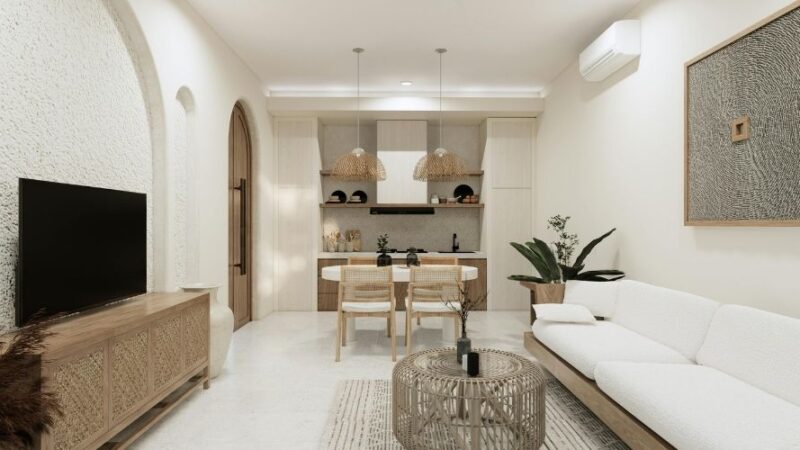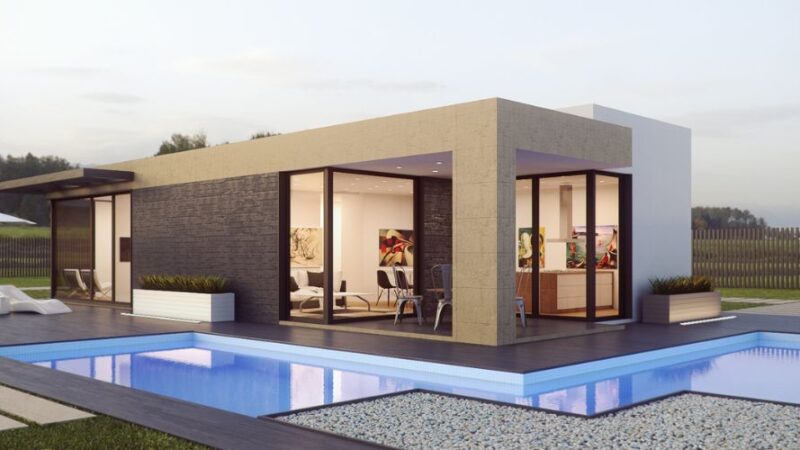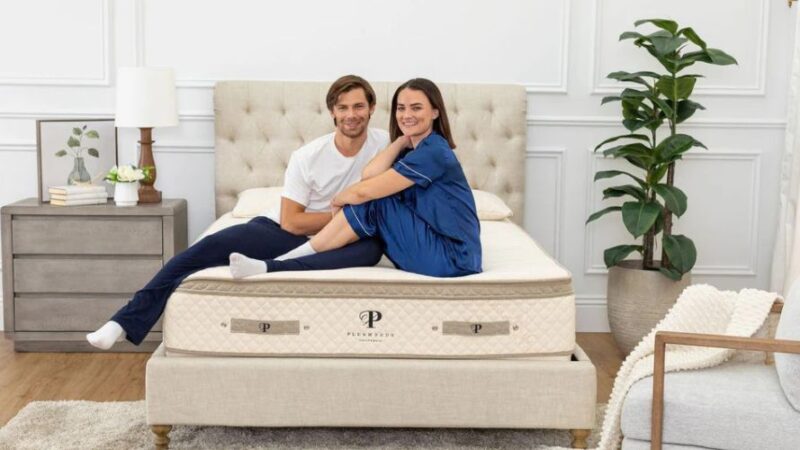11 Interior Design Myths You Probably Believe

Interior design is a beautiful balance of creativity, functionality, and personal style. But somewhere between social media trends and advice from well-meaning friends, a number of design myths have crept into our collective consciousness. These myths can limit creativity and lead to homes that feel more generic than personal.
Let’s uncover and debunk 11 interior design myths you probably believe, and explore what really works in today’s homes.
1. Small Rooms Should Only Use Light Colors
The myth: Light colors make a space feel bigger, so dark colors should be avoided in small rooms.
The truth: While light colors do reflect more light and can open up a space, dark colors can actually create depth and coziness in small rooms when used thoughtfully. A deep navy or moody charcoal can add drama, making the space feel intentional rather than cramped. Pair dark walls with mirrors and layered lighting to balance the vibe.
2. You Must Stick to One Style
The myth: Mixing styles looks chaotic; pick one and stick to it.
The truth: Great design often blends elements from different styles. Think boho-modern, rustic-industrial, or vintage-contemporary. Layering styles adds character and tells a more personalized story. The trick is to keep a cohesive color palette or repeat textures to tie everything together.
3. Everything Has to Match
The myth: Your furniture, decor, and even metals must all match.
The truth: Matchy-matchy interiors can feel sterile. Mixing tones, finishes, and materials adds visual interest. For instance, combining gold and black fixtures, or pairing an antique coffee table with a modern sofa, can create a curated, lived-in feel rather than a showroom look.

4. You Need to Follow Every Trend
The myth: To have a stylish home, you need to incorporate every hot new trend.
The truth: Trends come and go. Your home should reflect your personality and lifestyle, not just what’s popular on Instagram. Use trends sparingly—maybe a trendy lamp or throw pillow—while keeping foundational pieces timeless.
5. You Can’t Mix Patterns
The myth: Using more than one pattern will make a space feel chaotic.
The truth: Mixing patterns can create depth and vibrancy—when done correctly. Stick to a common color scheme and vary the scale of the patterns (e.g., large floral with a small geometric). Think layered, not cluttered.
6. White Walls Are Always the Safest Option
The myth: White walls work for every home and every room.
The truth: While white walls can be fresh and versatile, they can also feel cold or flat in the wrong context. In spaces with limited natural light, white may appear gray or dingy. Sometimes, a warmer neutral or a bold accent wall works better to energize the space.
7. Open Shelving Is Only for Minimalists
The myth: If you don’t live a minimalist lifestyle, open shelving will just look messy.
The truth: Open shelving can work beautifully for all styles when curated intentionally. The key? Balance function with aesthetics—mix practical items with decorative ones, use baskets to contain clutter, and leave breathing space between objects.
8. You Need a Big Budget for Great Design
The myth: Stunning interiors require thousands of dollars and high-end designers.
The truth: Budget-friendly design is not only possible—it’s thriving. Thrifted finds, DIY projects, paint, and rearranging furniture can all make a massive impact. Style isn’t about cost; it’s about creativity, curation, and intention.
9. Rugs Don’t Belong in the Kitchen or Bathroom
The myth: Rugs in kitchens or bathrooms are impractical and unsafe.
The truth: Rugs in these areas can be both functional and stylish, as long as you choose the right type—flat-weave, washable, and with non-slip backing. They add warmth, color, and comfort to spaces where you spend a lot of time standing.
10. Ceiling Should Always Be White
The myth: Painting your ceiling any color other than white will make the room feel smaller.
The truth: While white ceilings are classic, color on the ceiling can elevate a room—literally and visually. Soft pastels, deep blues, or even wallpapered ceilings can draw the eye upward and add character. It’s an underused design opportunity!
11. Art Should Always Be Hung at Eye Level
The myth: There’s only one correct height to hang art—at eye level.
The truth: That “rule” doesn’t apply universally. Gallery walls, oversized art, or pieces hung above furniture often need different placements. The best height depends on the context and composition, not just an average person’s eye level.
Final Thoughts
Interior design isn’t about rigid rules—it’s about crafting a space that reflects who you are and how you want to feel in your home. These common myths often limit creativity and discourage experimentation. But the truth? Great design is personal, layered, and ever-evolving.
So the next time someone says, “You can’t do that,” ask yourself: Why not?
Related Articles:






